What’s going on with young people’s mental health? 🤔
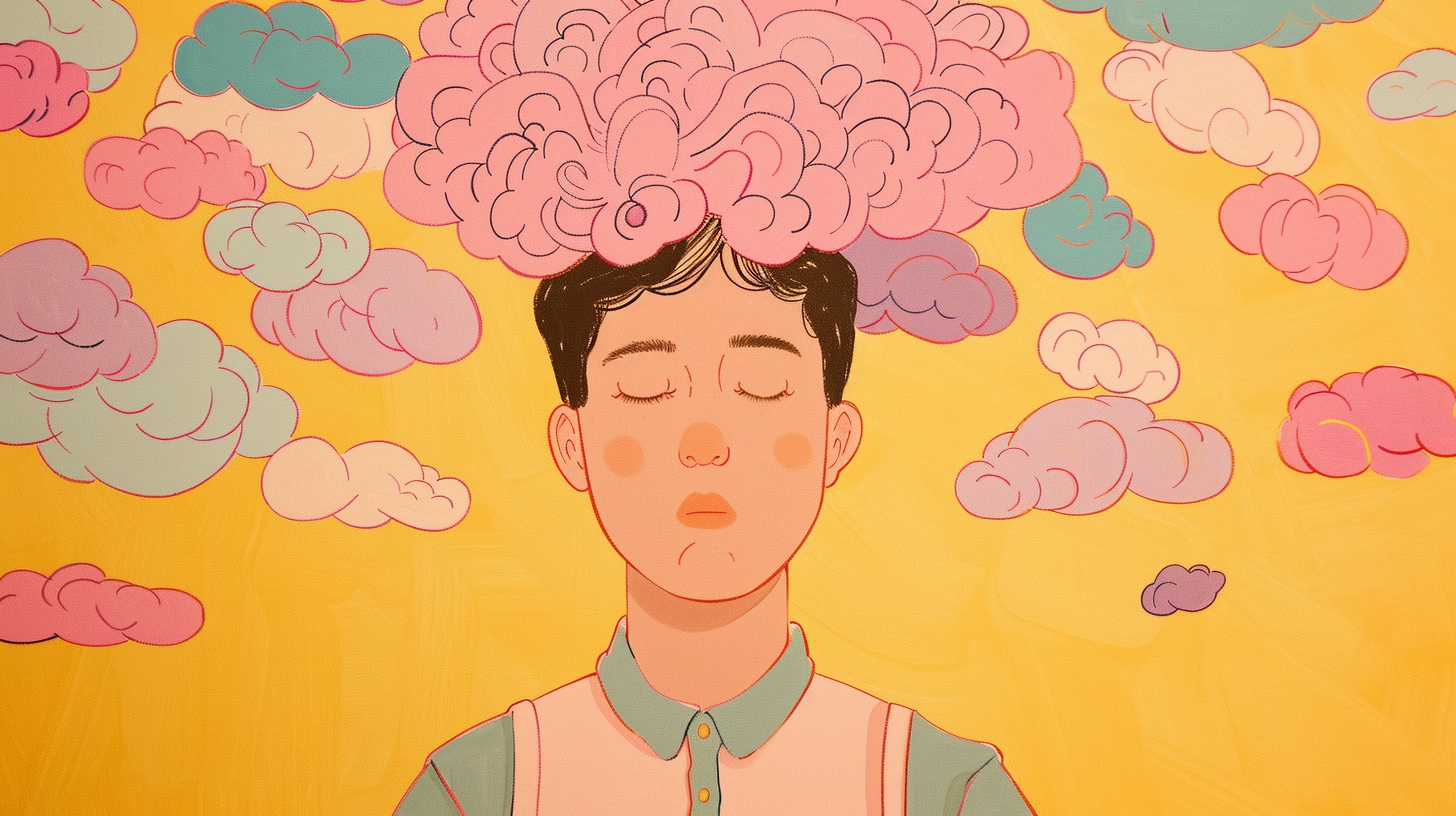
What’s up with young people? Over in the world of newspapers (remember those?) a survey has kicked up a bit of a storm.
People in their early 20s are more likely to be not working due to ill health than those in their early 40s. Cue row over young people being ‘snowflakes’ , versus young people having a rougher deal than previous generations.
Whatever your political leanings, what seems clear is: that young people are having a tough time. Buy why? In this week’s Brink, I’m going to try and get to the bottom of things.
Smells like Teen Spirit 🌬️
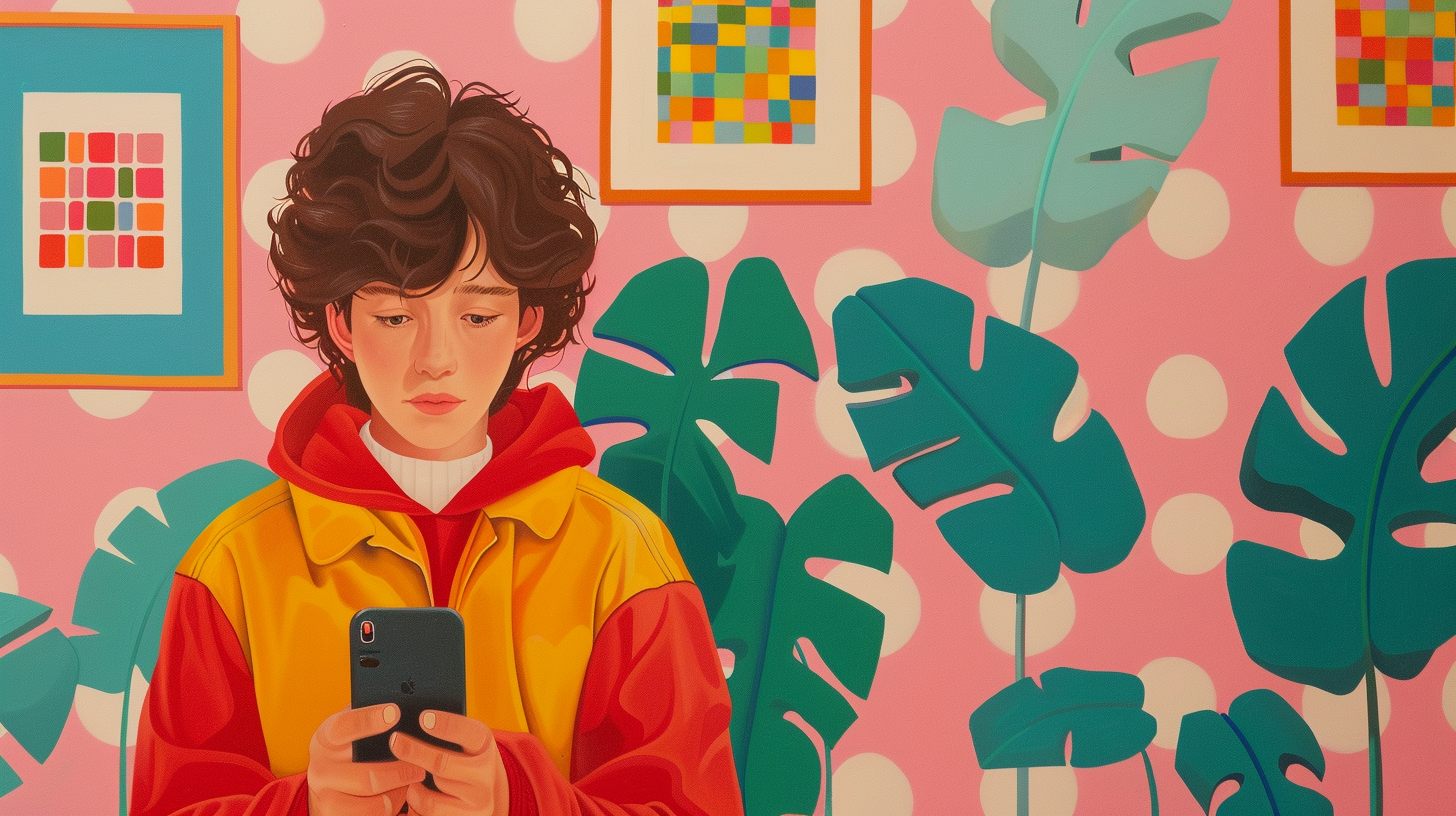
Going back to that report from earlier: under-25s are now more likely to be out of work due to anxiety and other mental health problems than older generations. Let’s dig a little deeper.
In 2022 more than a third (34%) of 18-24-year-olds said they suffered from anxiety or depression, up from 24% in 2000. Other reports paint an even bleaker picture - research by Girlguiding found that 89% of young women and girls felt worried or anxious in 2023, compared to 78% in 2016, and the number who reported feeling happy with their appearance fell from 72% to 59%. This is just the tip of the iceberg:
- One in six children aged five to 16 were identified as having a probable mental health problem in July 2021, a huge increase from one in nine in 2017. That’s five children in every classroom (.
- The number of A&E attendances by young people aged 18 or under with a recorded diagnosis of a psychiatric condition more than tripled between 2010 and 2018-19.
- 83% of young people with mental health needs agreed that the coronavirus pandemic had made their mental health worse.
But why? According to some commentators, there’s a simple reason for young people’s spiralling mental health - smartphones. Gen Z is the first generation to grow up with widespread digital technology.
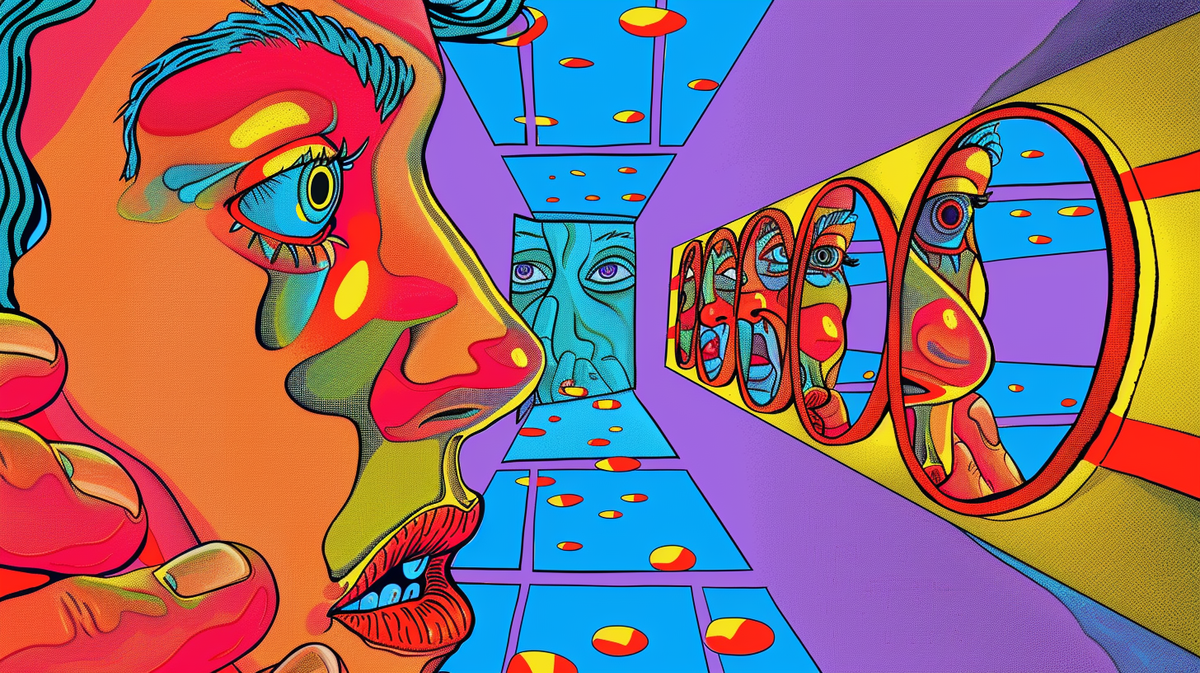
According to social psychologist Jonathan Haidt, author of The Anxious Generation: how the great rewiring of childhood is causing an epidemic of mental illness, smartphones have ruined lives.
Haidt reckons the problem goes back 40 years, to a time when parents started to prioritise their children’s safety above all else, leading, he says to overattentive, over involved, over protective and overly fearful ‘helicopter’ parenting. Children stopped playing out, and technology was there to replace the vacuum. And filled that void they have.
Estimates suggest 98% of 16-24 year olds own a smartphone. Of those 98% they spend on average more than four and half hours online a day, or roughly 56 days per year.
Much has already been written about what this does to people: in the UK, 73% of females aged 13-21 said they received unwanted sexual images, and 83% said they’d seen upsetting content online. Throw in more than half of females in this target group had experienced sexism online and you can start to see why they might feel worse than older generations.

Boys, too, are going through what Haidt calls the “great re-wiring”: increasingly isolated, and exposed to more extreme ideas around sex, masculinity and political views that are casting them adrift from the communities they live in.
So what’s the solution: ban phones in schools. Some schools are already trialling it, and the results look promising. But not everyone is willing to point the finger at technology.
Meg Jay, author of the Twentysomething Treatment: a revolutionary remedy for an uncertain age argues young people are just responding to the mountain of shit that faces them: uncertainty around owning a home, accessing further education, climate change, job insecurity, I could go on.
Others point to the increased expectation for kids to become adults earlier: to plan for their future more and compete with others for precious few resources. But I want to give my own two cents for what might be going on.
Sickness and Suffering 🤒
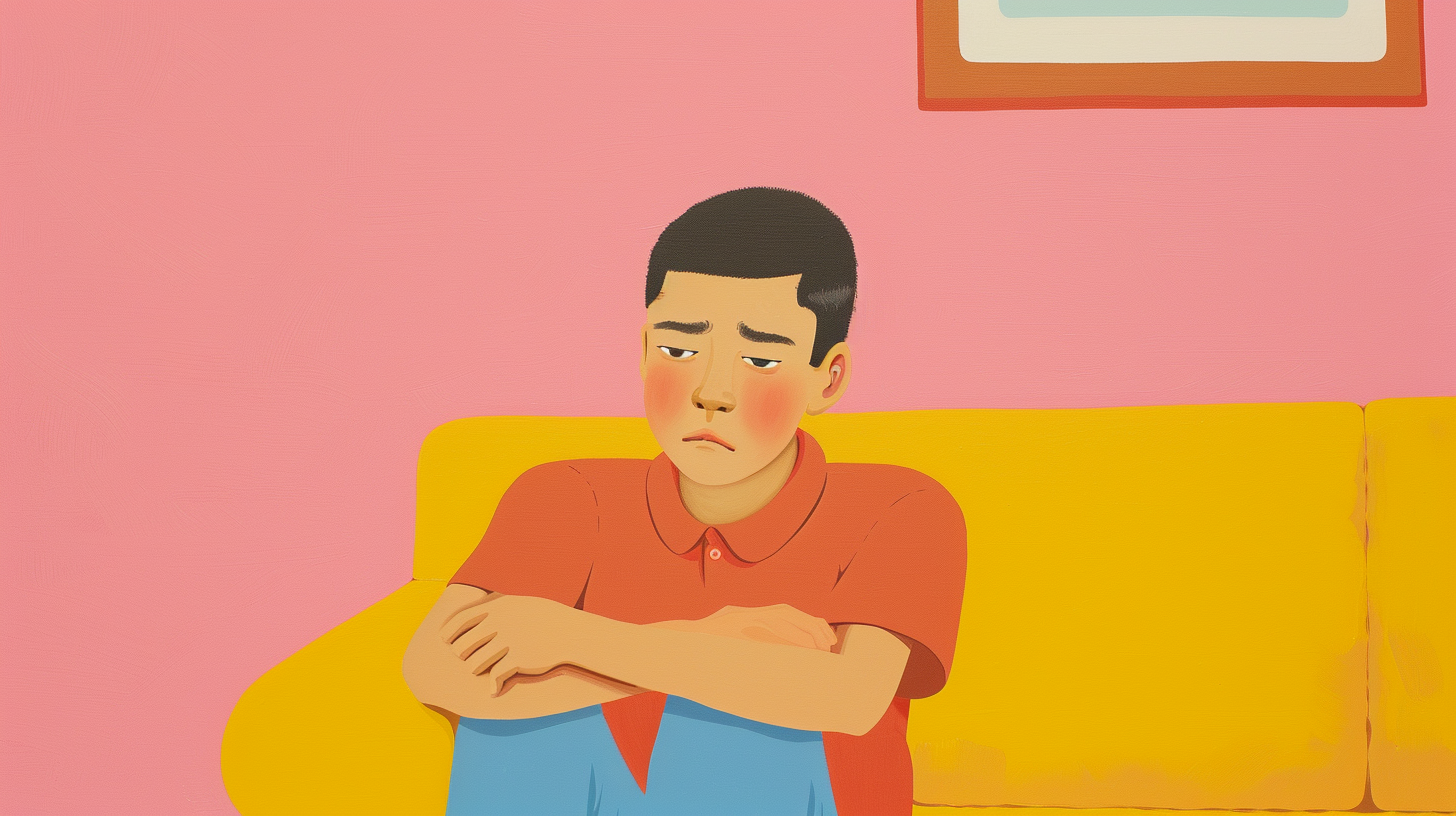
Anxiety and the young is not a new concept. The term “Age of Anxiety”, which many argue sums up the age we live in, was originally taken from a poem written by W.H. Auden of the same name. He wrote that poem in 1947.
The poet was living in New York, and he, like so many others, was coming to terms with the end of the Second World War, the rise of an industrial age, and the profound feelings of loneliness he and others felt. On top of that, Europe was in ruins, and then there was the existential threat of the Soviet Union sweeping across Europe and of course The Cold War.
That isn’t to say this generation aren’t having as tough a time, far from it. But what is new is the language we use to capture these feelings. Young people have access to a lexicon that starts from anxiety but stretches across the pages of the DSM-V: Bipolar, depression, eating disorders, panic disorders, ADHD, the list goes on.
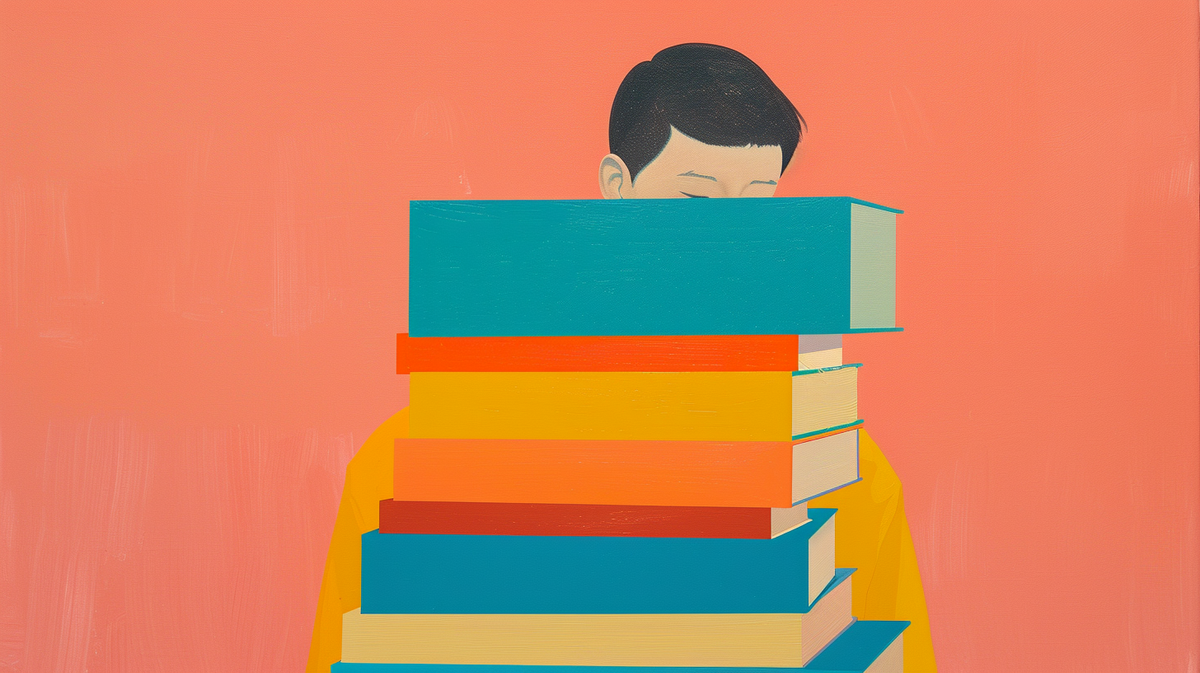
While on the one hand, it gives young people a new vocabulary, it also opens them up to a much bigger world: medication, diagnosis, a belief they are broken and faulty. When we do that it changes how we see the world. It's what philosopher Ian Hacking called “dynamic nominalism”.
Labelling people is very different from labelling animals, or buildings or diseases. Diseases don’t care what you call them. The opposite is true of people. When we label people it changes how we experience ourselves.
Take multiple personality disorder or MPD. Between 1972 and 1986, the number of cases of patients with multiple personalities exploded from a few dozen to an estimated six thousand. Whatever one’s thoughts about the reality of these diagnoses, reckoned Hacking, everyone could agree that, in 1955, no such diagnosis existed.
By 1986, though, multiple personality disorder was not only a recognized psychiatric label; it was also sanctioned by academics, popular books, talk shows, and, most importantly, the experiences of people with multiple personalities.
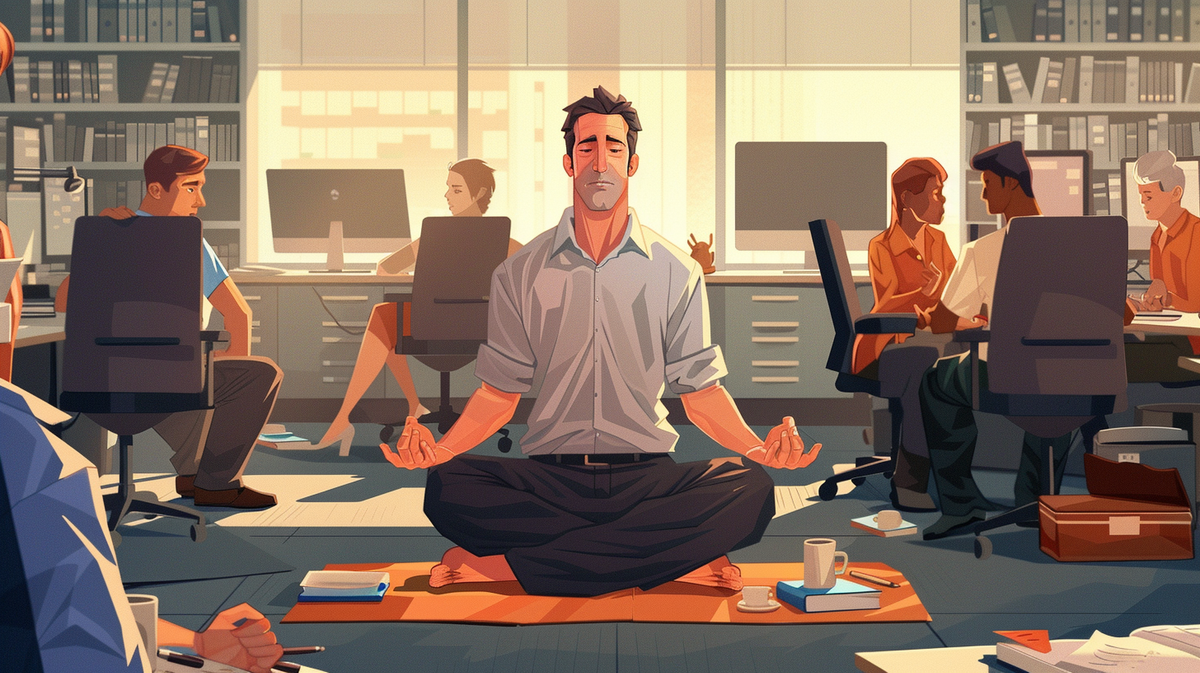
In essence: when we give someone a label, it changes them, how they behave, and how people see them. For better and for worse.
Again, it’s important to note that young people don’t feel good, the evidence is clear. But what’s adding to this is that the way we are teaching them to describe how they feel is changing the way they feel about themselves. We’re teaching young people that hardship and suffering is a sign that they are abnormal. When they are anything but.
Dr. Robert Spitzer, the father of the modern DSM, and by association, our language around suffering, said it himself in an interview. In a quest to help people, we have over-pathologised huge swathes of the human experience, calling for it to be medicalised rather than understood.
If we want to help this new generation we need to help them weather this storm by offering them a safe harbour, not writing them off.
Things we learned this week 🤓
- 💤 We tend to pass our sleeping routines onto our children, for better, and for worse.
- 😔 Rough childhoods are responsible for half of common life-long mental health conditions.
- 🤬 Why you should swear more.
- 💸 How wealth reduces compassion.
Just a list of proper mental health services I always recommend 💡
Instead of my usual news roundup, here is a list of excellent mental health services that are vetted and regulated that I share with the therapists I teach:
- 💓 Hubofhope - A brilliant resource. Simply put in your postcode and it lists all the mental health services in your local area.
- 📝 Samaritans Directory - the Samaritans, so often overlooked for the work they do, has a directory of organisations that specialise in different forms of distress. From abuse to sexual identity, this is a great place to start if you’re looking for specific forms of help.
- 👨👨👦👦 Peer Support Groups - good relationships are one of the quickest ways to improve wellbeing. Rethink Mental Illness has a database of peer support groups across the UK.
I love you all. 💋


